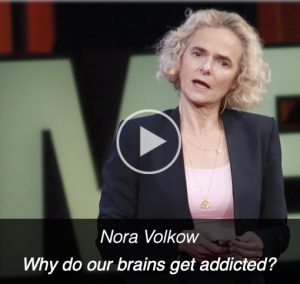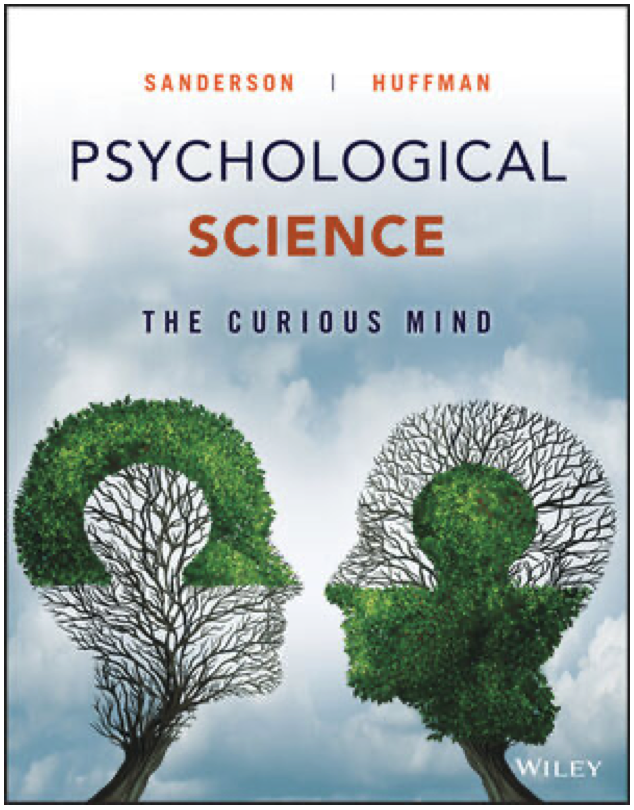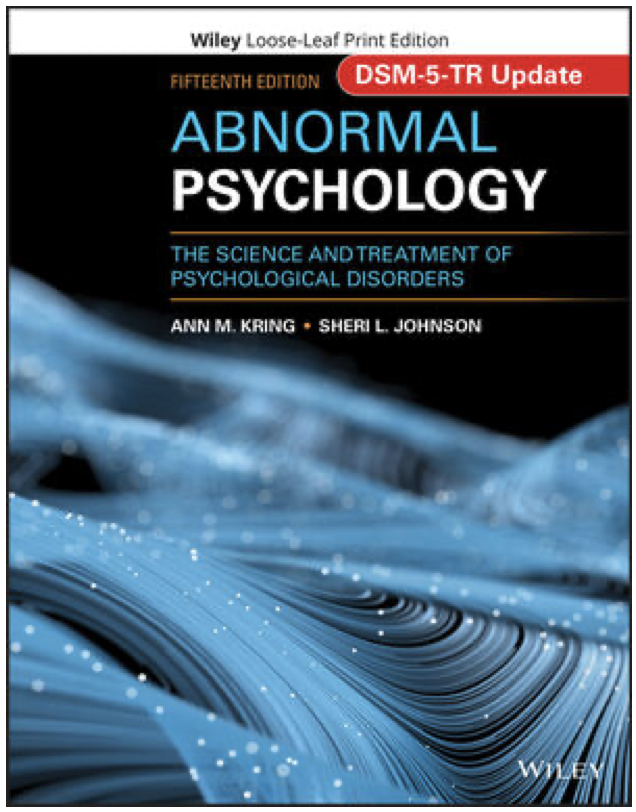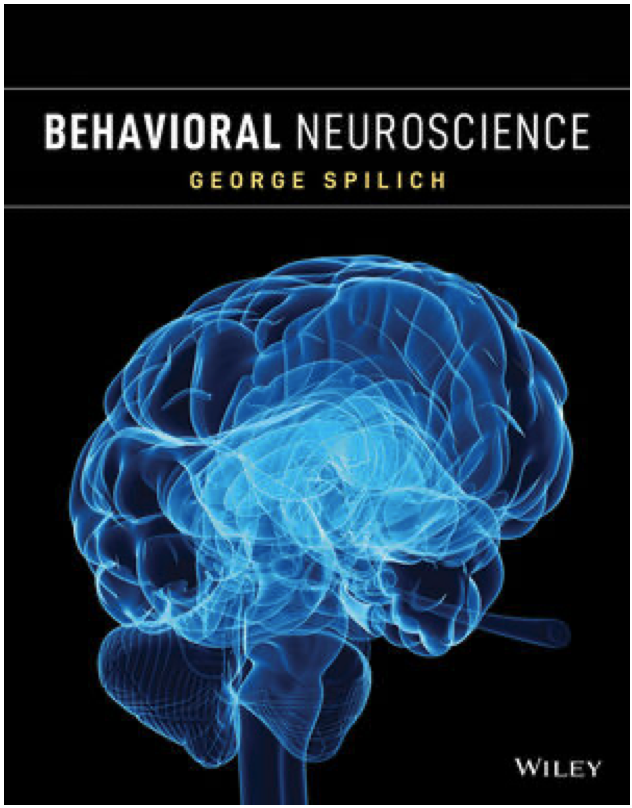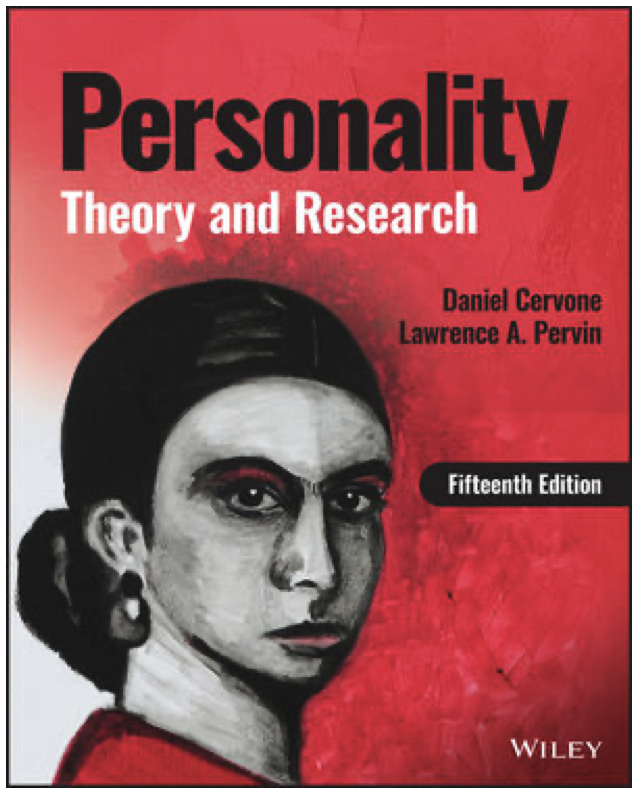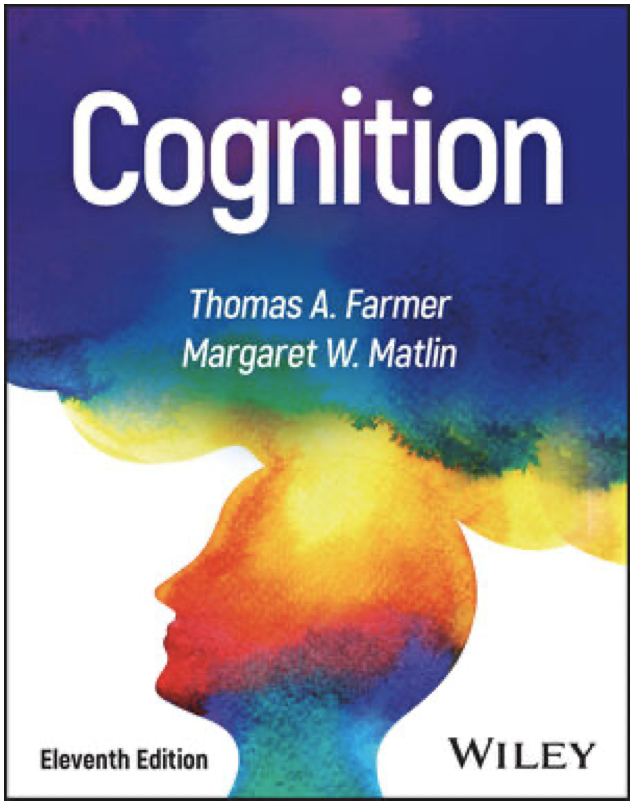TITLE
For Better Well-Being, Just Breathe
DESCRIPTION
This short article begins with the author’s anecdotal story of her own difficulties after the tragic 9/11 events in New York where she was living at the time. She developed significant anxiety which she found could not be relieved by many different meditation techniques. She eventually found that SKY breathing exercises significantly reduced her anxiety and stress on a more or less permanent basis. “Emotions influence your breathing patterns, and changing your breathing can change your emotions.(click to see the research study) For example, anxiety and anger correspond to an irregular, short, fast breath. Adopting the slower and more regular breathing pattern that corresponds to a calm feeling signals relaxation (click to see the research study) by activating the vagus nerve, slowing heart rate, easing blood pressure, and settling you down. A simple exercise you can try is to close your eyes and breathe out for twice as long as you breathe in. Do this for five minutes in the morning, before a stressful meeting, or as you transition from work to home.” The article further provides how further research on breathing in veterans with PTSD experiences as well as students was conducted. The research found that simple and practiced breathing exercises had a significant beneficial effect.
SOURCE
Time, January 5, 2023, by EMMA SEPPÄLÄ
LINK TO RESOURCE
https://time.com/collection/happiness-revival-guide/6244576/deep-breathing-better-well-being/
(Tiny URL) https://tinyurl.com/2facjwyj
CLASS DISCUSSION QUESTIONS:
•How do breathing and emotions interrelate to one another? Give examples please.
•Explain the research that was conducted with both veterans and students regarding breathing and serious negative emotions. What was the result?
•What does the author suggest in the article to try as a self-help exercise? Did you try it? If so, what were your own results?

